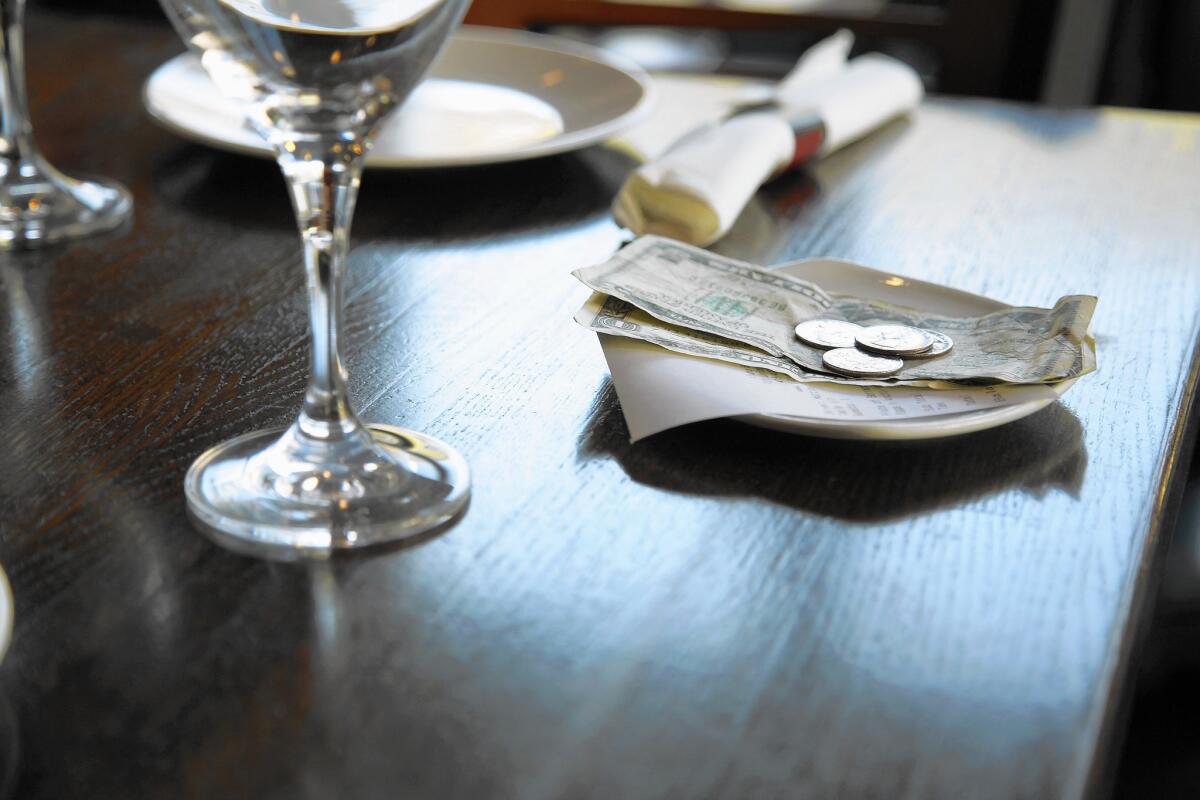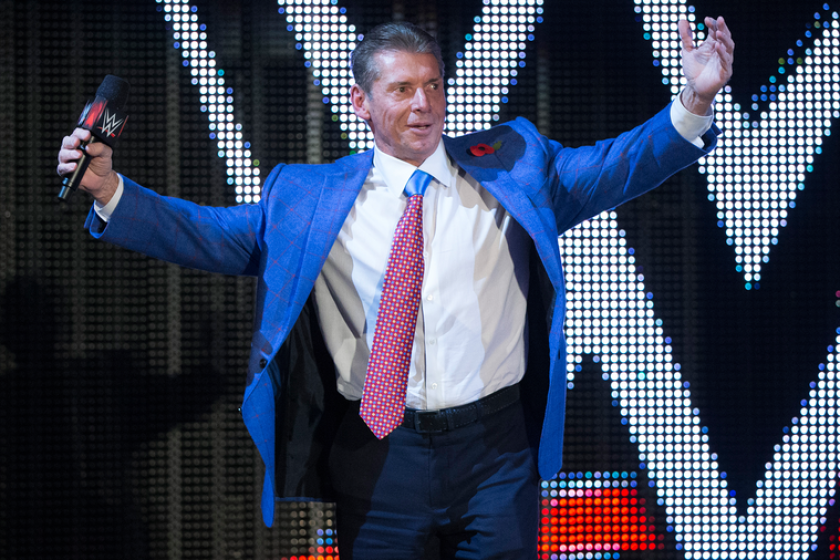Why tipping is bad for restaurants and ‘all-in’ pricing is the most honest solution

The minimum wage in California starts to rise this year: It increased to $10 an hour on Jan. 1 and will jump to $10.50 an hour in Los Angeles in July. Yearly increases will reach the so-called “living wage” of $15 an hour in 2020 for Los Angeles, which also may not be such a living wage by then. As a direct result of this, restaurants will have little recourse but to raise menu prices. Will those rising prices mean that regular dining out will be a thing of the past for the middle class?
I come to this issue as a former restaurateur and current diner. So I see both sides of the story, one made more complex by how our society views tipping. For many reasons, we seem unable to accept that the bill at the end of the meal reflects the true and total cost of our dining experience — which includes not only the rising cost of labor, but the rising costs of food and Los Angeles real estate. Restaurant pricing should include everything the owner needs to operate, without relying on an unpredictable contribution by the diner. This model is called all-inclusive, or “all-in,” pricing.
SIGN UP for Jonathan Gold’s Counter Intelligence dining newsletter >>
Once the $15 minimum wage goes into effect, the difference in pay between front of the house and back of the house employees will widen as tipping is added into the servers’ wages. This gulf in compensation will be particularly alarming at the restaurants that make up the upscale casual dining landscape.
With all-in pricing the owner figures out what she wants to pay each employee and comes up with menu pricing that covers all of the business expenses. How novel. No more throwing coins in the direction of those who serve us our dinner.
There’s another reason to abolish tipping. There is a strange dance — often sexist, sometimes abusive — that can go on between servers and diners. Diners want to judge; servers want to be tipped.
But imagine this instead: When the bill shows up, it’s one number. Tipping isn’t given a separate line on the bill; tipping isn’t even allowed. Think about all the other services you pay for every day. You don’t add on a separate tip for those; you simply pay what the business has decided the cost will be, and you decide to return based on the success and affordability of that transaction.
Currently we’re seeing some creative restaurateurs experiment with line items on bills that cover health insurance or a bit extra to the kitchen, or 20% service charges — and some diners are freaking out. The current model won’t work once wages rise. Restaurant owners need to solve the challenge of paying their employees more while creating greater equity between the front and the back of the house, all the while maintaining a sustainable, hopefully thriving business. In lower-end diners and small family restaurants, front and back of the house equity may be less of an issue because employee compensation is similar, but in the casual-upscale dining market that’s booming now in Los Angeles, it’s huge. All-in pricing is the most honest solution.
Evan Kleiman ran Angeli Caffe for 27 years. She’s the longtime host of KCRW’s “Good Food.”
More to Read
Inside the business of entertainment
The Wide Shot brings you news, analysis and insights on everything from streaming wars to production — and what it all means for the future.
You may occasionally receive promotional content from the Los Angeles Times.










